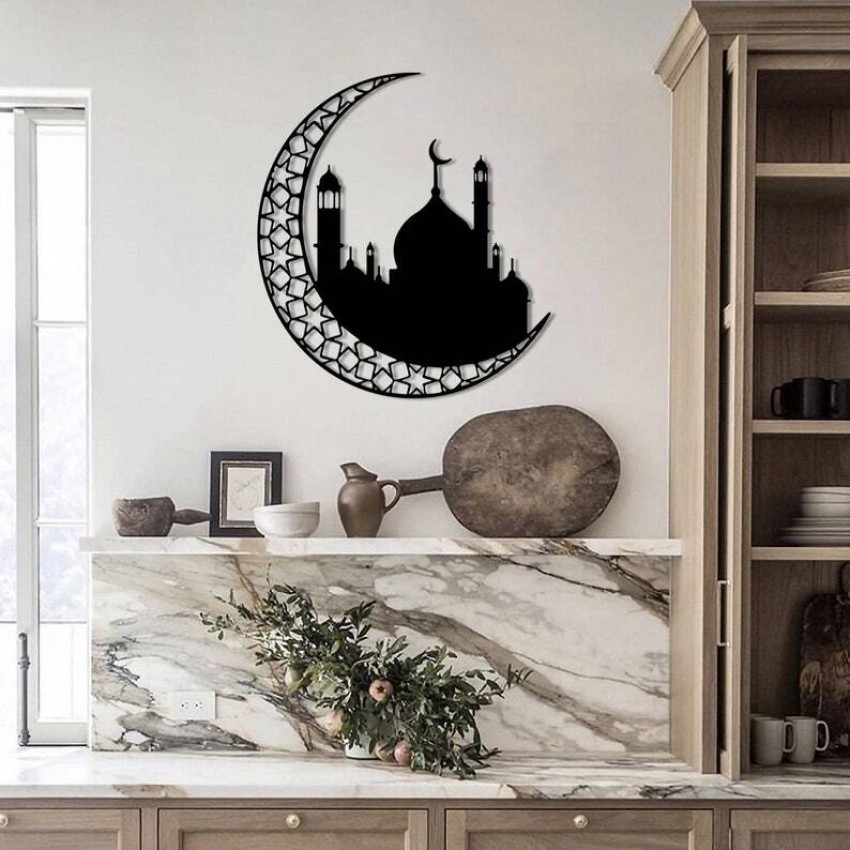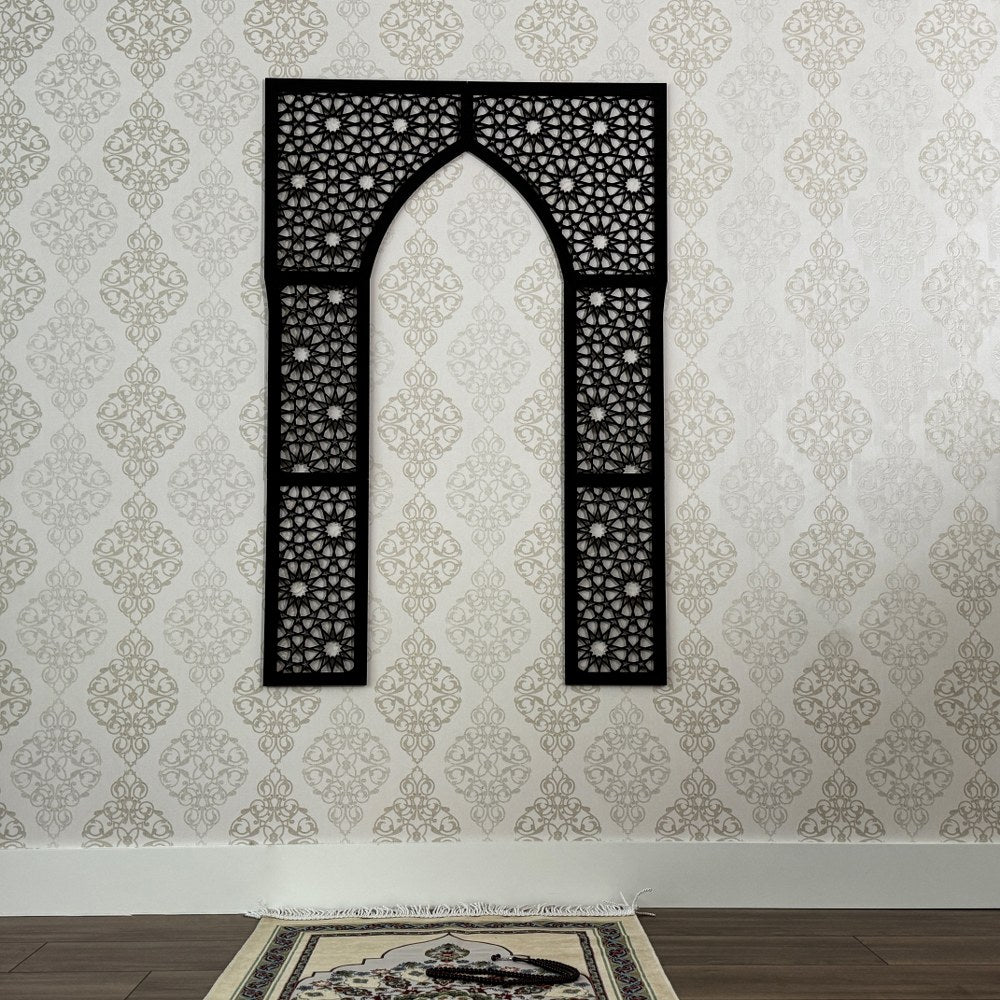Islamic home decorations reflect a rich cultural heritage, featuring intricate designs, symbolic motifs, and a deep connection to spirituality. As a decor enthusiast, I have always been fascinated by how Islamic art can transform a space into a serene and elegant sanctuary. In this article, I will share my personal experiences and insights into the world of Islamic home decorations, practical tips, and creative ideas to inspire your décor journey.
Understanding Islamic Home Decorations
Islamic home decorations are more than just aesthetic choices; they represent a way of life centered around beauty, spirituality, and tradition. The use of geometric patterns, arabesques, and calligraphy in decor adds a unique charm that reflects the richness of Islamic culture. In this section, we will explore the essence of Islamic home decor, focusing on its main characteristics and significance.
The Essence of Islamic Design
- Geometric Patterns: These patterns are often seen in tiling, textiles, and wall art, symbolizing the infinite nature of Allah.
- Arabesques: Intricate floral and foliage designs emphasize natural beauty and are commonly incorporated into furniture and decor items.
- Calligraphy: Islamic calligraphy, especially verses from the Quran, serves as both art and a reminder of one’s faith.
- Color Schemes: Deep, rich colors are often used, symbolizing warmth and hospitality, with gold and silver accents adding a touch of luxury.
The Cultural Significance of Home Decor
In many Islamic cultures, home decorations are chosen not only for their beauty but also for their meaning. Each piece can tell a story or convey a message. For instance, a beautifully crafted Quran holder might serve as a centerpiece in a living room, signifying the importance of faith in daily life.

Incorporating Islamic Aesthetics into Your Home
Adopting Islamic decorations in your home can be a fulfilling experience. Below, I outline several ways to seamlessly integrate these aesthetic elements into various rooms in your home.

Lounge and Living Areas
- Textiles: Use cushions, throws, and rugs featuring geometric patterns or traditional motifs. Look for colors that resonate with your overall theme.
- Wall Art: Hang a large piece of Islamic calligraphy or a beautiful tapestry featuring arabesques to create a focal point.
- Lighting: Lantern-style lamps or chandeliers can add a warm glow while emphasizing the Islamic theme.

Example Projects
Consider creating a gallery wall featuring a mix of calligraphy, Islamic art prints, and personal memories. This approach balances personal sentiment with cultural significance.

Bedrooms
- Bedding: Opt for duvet covers and pillowcases with subtle Islamic designs or use plain fabrics adorned with decorative throw pillows.
- Accent Pieces: Incorporate items like handcrafted wooden furniture or a stunning mosaic bedside table for added texture and character.
- Ambiance: Use scented candles or incense holders that reflect traditional styles to create a calming atmosphere.

Kitchen and Dining Areas
- Tableware: Choose plates and bowls that feature intricate designs to elevate your dining experience.
- Decorative Items: Display ornate teapots, or traditional serving trays that can also serve as beautiful centerpieces.
- Wall Decor: Install shelves to showcase Islamic art pieces or cookbooks that emphasize your culinary heritage.

Essential Elements of Islamic Home Decorations
While designing an Islamic-themed home, certain key elements can help anchor your aesthetic choices. Here are some essential components to consider:
Materials and Textures
Islamic decor often features natural materials like wood, ceramic, and metal. The use of these materials not only speaks to authenticity but also adds depth and warmth to the space. Textures like silk and cotton can bring an elevated feel to your furnishings.
Color Palettes
When selecting colors, opt for a palette that includes rich jewel tones, soft pastels, and earthy hues. These colors can blend harmoniously to create an inviting atmosphere.
Comparison of Islamic Decorative Styles
| Style | Description | Common Elements |
|---|---|---|
| Traditional Islamic | Features intricate designs, handcrafted items. | Geometric patterns, calligraphy, natural materials. |
| Modern Islamic | Combines contemporary aesthetics with traditional elements. | Minimalistic designs, neutral colors, functional decor. |
| Eclectic | Mixes various cultural influences while maintaining an Islamic touch. | Diverse styles, layered textures, statement pieces. |
Pros and Cons of Islamic Home Decorations
Pros
- Rich cultural heritage adds depth to decor.
- Timeless designs that remain aesthetically appealing.
- Creates a sense of serenity and spirituality in the home.
Cons
- Some pieces may be expensive due to handcrafted nature.
- Can be overwhelming if not balanced with modern elements.
- Finding authentic pieces may require extra effort.
Incorporating Nature: The Islamic Gardens
Islamic culture places a strong emphasis on nature, often reflecting this in home decor through the use of gardens and greenery. Incorporating plants into your home decoration can create a refreshing space.
Elements of an Islamic Garden
- Water Features: Fountains and ponds are common, symbolizing purity and tranquility.
- Pathways: Use decorative stones or tiles to create inviting paths through greenery.
- Plant Selection: Consider using fragrant plants such as jasmine and rose, which are often mentioned in Islamic traditions.
Practical Tips for Choosing Islamic Decorations
When selecting Islamic home decorations, keep these practical tips in mind:
- Research the meaning behind designs before incorporating them, ensuring they resonate with your values.
- Prioritize quality over quantity; choose a few statement pieces that truly reflect your style.
- Mix and match different styles to create a cohesive look that feels personal and inviting.
FAQs About Islamic Home Decorations
What are the key characteristics of Islamic home decor?
Islamic home decor is characterized by geometric patterns, arabesques, calligraphy, and deep color schemes that reflect cultural heritage and spirituality.
How can I maintain a balance between modern and traditional Islamic decor?
Mix contemporary furniture with traditional decorative pieces, ensuring that both elements harmoniously complement each other. Opt for neutral backdrops with bold accents.
Are there specific materials commonly used in Islamic home decorations?
Yes, commonly used materials include wood, ceramics, glass, and metal, often featuring intricate craftsmanship and designs.
Can I incorporate contemporary art into an Islamic-themed home?
Absolutely! Contemporary art can provide a fresh perspective while still being complemented by traditional Islamic elements. Look for pieces that resonate with your personal style.
Conclusion: Your Journey to Islamic Home Decor
Islamic home decorations offer a unique way to merge aesthetic beauty with spiritual significance. By incorporating elements that resonate with you personally, you can create a space that feels inviting, serene, and reflective of your heritage. Whether you choose to adorn your home with intricate calligraphy, vibrant textiles, or serene natural elements, remember that the essence of Islamic decor lies in its ability to inspire peace and connection. Let’s embrace this beautiful tradition and create living spaces that elevate our everyday lives.